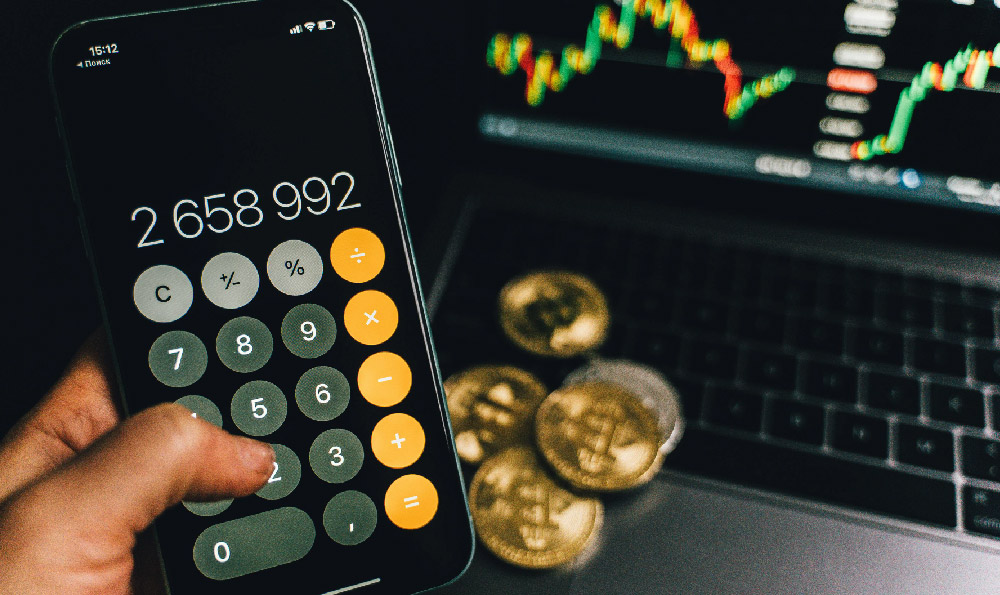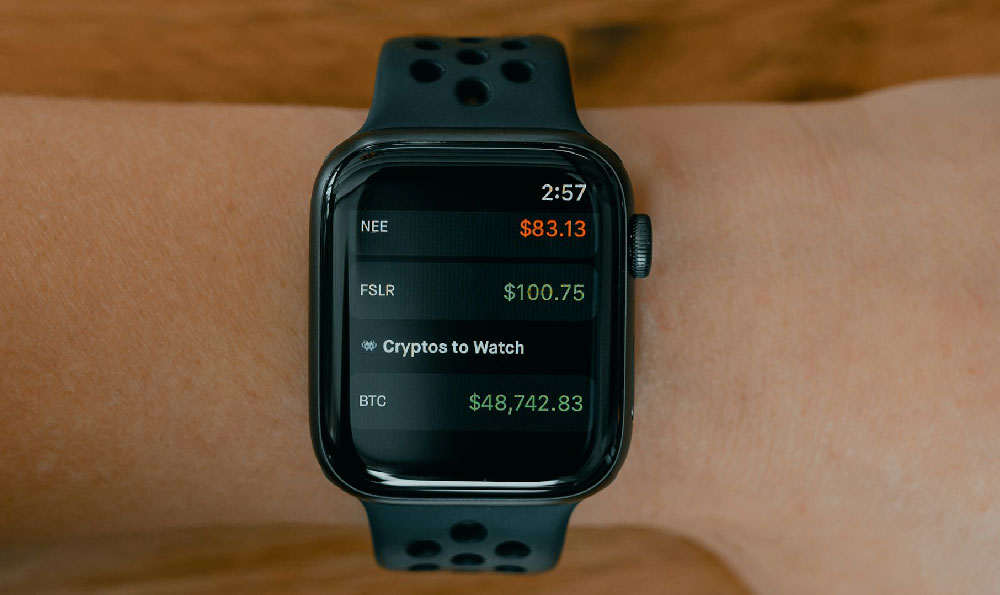The allure of gold, particularly in the form of gold coins, has persisted for centuries. Its inherent value, historical significance, and perceived safety in times of economic uncertainty make it a seemingly attractive investment. However, discerning whether buying gold coins is a sound investment or a risky gamble requires a nuanced understanding of the gold market, the specific types of gold coins, and the individual investor's financial goals and risk tolerance.
Gold coins, unlike bullion bars, often possess numismatic value in addition to their gold content. This numismatic value derives from factors such as rarity, historical significance, condition, and the demand from collectors. This duality introduces complexity to the investment decision. A common misconception is that all gold coins are created equal; far from it. Some coins, like the American Eagle or the Canadian Maple Leaf, are widely produced and primarily valued for their gold content, often referred to as "bullion coins." Their price closely tracks the spot price of gold, with a small premium added for manufacturing and distribution. Others, like rare Morgan Silver Dollars (though silver, they illustrate the principle) or ancient Roman gold coins, can command significantly higher prices due to their rarity and historical appeal. Investing in these numismatic coins requires specialized knowledge and a keen understanding of the collector's market. Without this expertise, the investor risks overpaying or purchasing a coin that is not authentic or accurately graded.
The investment appeal of gold coins is multifaceted. Firstly, gold is often seen as a hedge against inflation. In times of rising inflation, the value of fiat currencies can erode, while gold tends to maintain or increase its value. This is because gold's supply is relatively limited compared to currencies that can be printed by central banks. Secondly, gold serves as a safe-haven asset during economic and geopolitical turmoil. When stock markets crash or political instability rises, investors often flock to gold as a store of value, driving up its price. Thirdly, gold can offer portfolio diversification. Its returns often have a low or even negative correlation with stocks and bonds, which can reduce overall portfolio volatility.

However, the risks associated with investing in gold coins are equally important to consider. One significant risk is price volatility. While gold is considered a safe-haven asset, its price can still fluctuate significantly in the short term due to changes in investor sentiment, interest rates, and currency fluctuations. Predicting these fluctuations is challenging, even for seasoned investors. A common mistake is to panic-sell during a price dip, thereby locking in a loss. Another risk is the cost of storage and insurance. Unlike stocks or bonds, physical gold requires secure storage, whether it's a home safe, a bank vault, or a professional storage facility. These storage options come with associated costs, including rental fees and insurance premiums. These costs can eat into the potential returns of the investment. Furthermore, the spread between the buying and selling price of gold coins can be relatively wide, especially for rarer coins. This means that the investor needs to see a significant price appreciation before they can break even. Finally, the risk of fraud and counterfeiting is ever-present, particularly in the numismatic coin market. Unscrupulous dealers may sell fake coins or misrepresent the condition and rarity of coins, preying on inexperienced investors.
Before investing in gold coins, it is crucial to conduct thorough research and due diligence. For bullion coins, compare prices from different reputable dealers to ensure you are getting a fair price. For numismatic coins, consult with experienced numismatists and have the coins graded by reputable grading services like PCGS or NGC. It is also important to understand your own financial goals and risk tolerance. How does this investment fit into your overall portfolio? What is your time horizon? Are you comfortable with the potential price volatility? Don't allocate a disproportionate amount of your portfolio to gold coins, especially if you are a novice investor. A commonly suggested allocation is between 5% and 10% of your portfolio.
Moreover, consider the alternative ways to invest in gold. Gold ETFs (Exchange Traded Funds) offer a convenient and liquid way to gain exposure to gold without the need to physically store the metal. Gold mining stocks can also provide exposure to the gold market, although their performance is also influenced by factors specific to the mining companies.
In conclusion, buying gold coins can be a good investment, but it is not a guaranteed path to riches. It is essential to approach it with a clear understanding of the market, the different types of coins, and the associated risks. Gold coins can offer a hedge against inflation, a safe-haven asset during economic turmoil, and portfolio diversification. However, they also come with risks such as price volatility, storage costs, and the potential for fraud. By conducting thorough research, understanding your own financial goals, and considering alternative investment options, you can make an informed decision about whether gold coins are a suitable investment for you. Treat it not as a get-rich-quick scheme, but as a long-term store of value and a hedge against uncertainty. Remember, due diligence and a measured approach are key to navigating the complexities of the gold market and making sound investment decisions.












